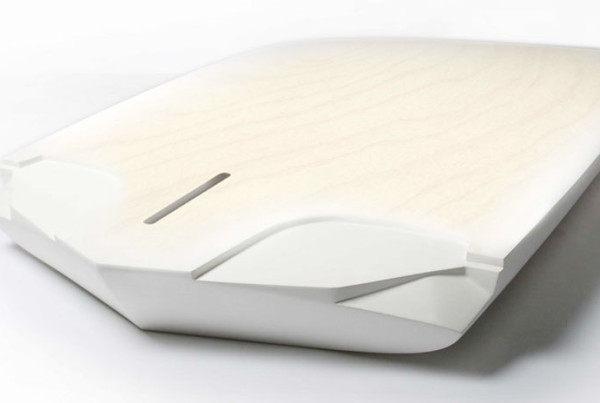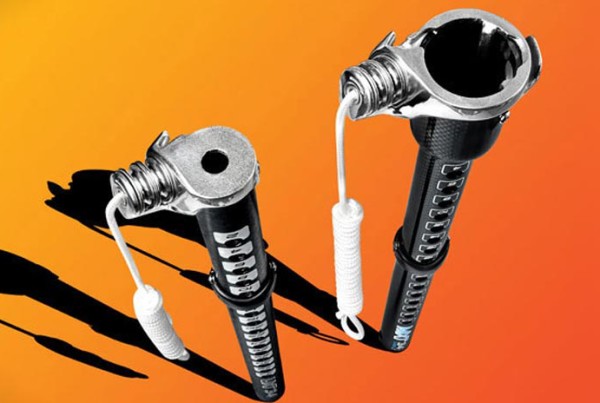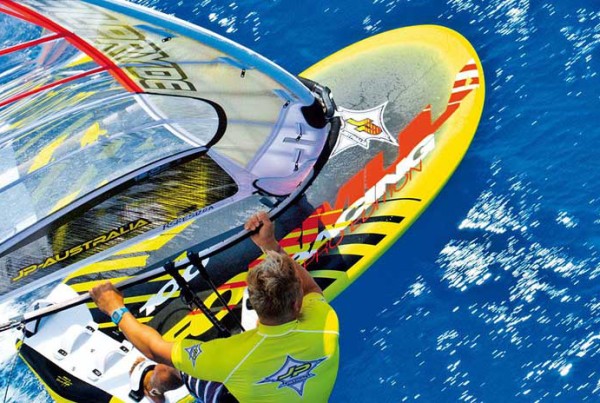At every international event in the history of FW racing, there has been a plethora of masts buckling under the high-downhaul loads and vicious air-temperatures that high-performance racing gear is put through. Brands don’t even need to be named because there isn’t a company on the planet who hasn’t had a warranty claim for a broken mast although some have copped more of the flack than others.
Is it because of the design of the masts? The shape of the sails? The materials and procedures used to construct the masts or just the incompetency of the sailors who leave them fully downhauled in the sun that is causing the slaughter of 100’s of masts a year?? My own personal opinion is that it’s a combination of all these factors but I believe that at least 50% of the breakages could be prevented by changing the construction methods of masts and also upgrading the materials used in the production of 100% carbon racing masts.
Looking at the masts I have used, broken, repaired and kept over the past few years and from discussions with my father who has done most of the repair-work on these masts, we have come to the conclusion that the general (as a general guide, there maybe slight differences between brands) construction of the majority of 100% carbon racing masts is:
- INTERNAL-LAYERS: uni-directional carbon wrapped circumferentially
- MID-LAYERS: uni-directional carbon running longitudinally
- OUTSIDE- LAYERS: uni-directional carbon wrapped circumferentially
Masts rigged in modern race sails receive high tension/compression forces on them through the application of downhaul, rather than simply being bent from the middle as in an IMCS test. The outside layers of the mast, which in the above construction have no carbon fibres running in the direction of the tension/compression forces, are susceptible to cracking, as the strands of the outside circumferential wrap can separate from the mid-layer longitudinal wrap, which causes the mast to solely rely on the mid-layers to take the full force of the tension/compression forces…. CRACK! BANG! SNAP!
In this construction there is nothing to handle torsional forces on the mast. When a mast is under load, there is tension on one side and compression on the other side; in addition to that there is torsional forces. The fibres usually aren’t constructed in the right direction to deal with the torsion!
If there was a different construction layup that used longitudinal threads on the surface, allowing the fibres to run in the same direction as the loads on the mast when it is fully downhauled inside a sail, the mast would be much stronger. This might cause the mast to be slightly stiffer, but superior in strength to the original construction. Surely there could be ways to deal with the extra stiffness or a different layup in the same concept which wasn’t as stiff?
There appears to be a general trend in windsurfing to use uni-directional carbon to build the carbon parts of our gear. Most likely because this type is cheaper, easier and more readily available. The more expensive cloths, such as 200g parallel weave (similarly used in Boeing’s 787 Dreamliner) aren’t popular in windsurfing product construction – probably because of the price increases occurred and also because when Boeing started building their planes there was a worldwide shortage of carbon (although this has somewhat subdued in the last 12 months). This product has also jumped in price by 300% most likely as a result of these new passenger plane’s coming into existence.
This construction idea might not be the perfect solution, but thinking about it is a start. I’m not naive enough to think that a simple design change will not make a considerable difference to the end consumer price of the masts and also play a role in further making manufacturing and distribution a little more difficult with an added price and the other costs/time involved with researching/designing/implementing/paying for/ a new design. Hey, I’m not a windsurfing company; just a person who hates reinforcing his BRAND-NEW masts all the time to stop them breaking.
I’m interested to hear what people in the community think. There is always going to be a two-way street with cost of manufacture (end price = $$$) versus material quality/reliability in any consumer product, but I am certainly a guy who would be happy to pay double for my masts if they had double the lifetime on the water.










I see there has been some discussion about this on forums about before:
http://www.seabreeze.com.au/forums/topic.asp?TOPIC_ID=33174
Have you ever used X6/X9 masts Sean, sometimes there is small cracks circumferentially around the mast near the ferrule, often the mast breaks after these cracks appear. interested to hear what you think if you have seen this problem??